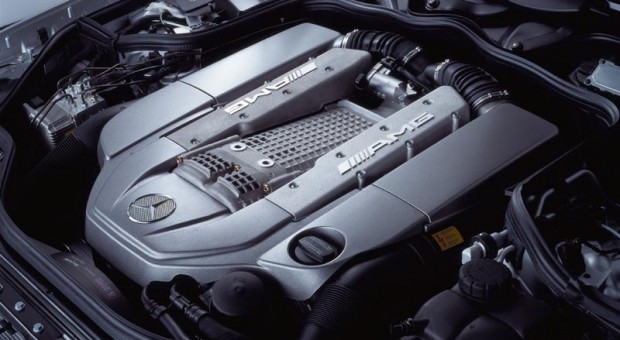
For decades, the internal combustion engine has been the power source behind most cars on the road. However, with the recent rise in popularity of electric vehicles, many people are becoming less familiar with the mechanics of traditional thermal car engines.
In this article, we’ll take a closer look at how thermal engines work and what makes them different from electric engines.
The Basics of Thermal Engines
A thermal car engine is a type of internal combustion engine that converts fuel into mechanical energy. This is achieved through a series of explosions inside the engine’s cylinders, which are caused by a mixture of fuel and air igniting. The resulting pressure from these explosions pushes the engine’s pistons, which in turn rotate the crankshaft and generate the power that moves the car.
There are two main types of thermal car engines: the four-stroke engine and the two-stroke engine. The four-stroke engine, which is also known as the Otto cycle engine, is the most common type of thermal engine and is used in most cars on the road today. It has four distinct phases: intake, compression, power, and exhaust. The two-stroke engine is less common, but is still used in some smaller vehicles, such as motorcycles and scooters.
The Four-Stroke Engine in Detail
The four-stroke engine is a highly efficient design that has stood the test of time. The four phases of the engine cycle are as follows:
- Intake: During this phase, the intake valve opens and air is drawn into the cylinder. Fuel is also added to the air, either through a carburetor or fuel injection system, to form a mixture that can be ignited.
- Compression: The intake valve closes and the mixture of fuel and air is compressed by the rising piston. This increases the temperature and pressure of the mixture, making it more likely to ignite.
- Power: The compressed mixture is ignited by a spark from the spark plug, causing an explosion that pushes the piston down and rotates the crankshaft.
- Exhaust: The exhaust valve opens, allowing the burned gases to escape from the cylinder and be expelled from the engine. The piston then rises and begins the next cycle.
The Two-Stroke Engine
The two-stroke engine is a simpler design that does not have the four phases of the four-stroke engine. Instead, it has just two strokes: the compression stroke and the power stroke. During the compression stroke, the fuel and air mixture is compressed and ignited, just as in the four-stroke engine. However, the burned gases are expelled from the engine during the power stroke, instead of being expelled through a separate exhaust phase.
The Advantages and Disadvantages of Thermal Engines
Thermal engines have a number of advantages and disadvantages. On the one hand, they are highly efficient, providing a reliable source of power that can be used in a wide range of vehicles. They are also relatively easy to repair and maintain, and can be refueled quickly and easily.
On the other hand, thermal engines are not as environmentally friendly as electric engines, as they emit pollutants and contribute to climate change. They are also relatively loud and vibration-prone, which can make them less comfortable to drive. Finally, thermal engines require more maintenance than electric engines, and their parts can wear out more quickly, leading to higher long-term costs.
In conclusion, thermal engines are an important part of automotive history and continue to play an important role in the industry. While electric engines are becoming more popular, many drivers still prefer the power and reliability of thermal engines!
















